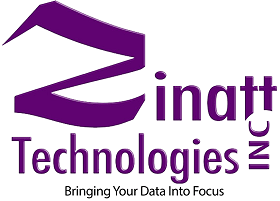What are dashboard analytics in private investigations?
Dashboard analytics in private investigations refer to the use of visual tools to analyze and present data gathered during an investigation. These tools help investigators track and understand various aspects of a case, such as patterns, trends, and connections between different pieces of information. By using dashboard analytics, investigators can quickly identify key findings, make informed decisions, and communicate complex data effectively. It’s a valuable resource that enhances the efficiency and effectiveness of private investigations.
Importance of dashboard analytics for private investigators
Dashboard analytics are crucial tools for private investigators as they provide a visual representation of complex data, making it easier to identify patterns, trends, and correlations. These analytics help investigators make informed decisions quickly by presenting information in a clear and concise manner. With dashboard analytics, investigators can track progress, evaluate the effectiveness of their strategies, and gain valuable insights to enhance their investigative processes.
Key features of dashboard analytics tools
Dashboard analytics tools offer various features to enhance private investigations. These tools provide real-time data visualization to help investigators monitor and analyze information efficiently. With customizable dashboards, users can tailor the display to focus on specific metrics relevant to their investigations. Additionally, interactive graphs and charts allow for easy interpretation of data, aiding in identifying patterns and trends. Alert notifications enable timely responses to critical information, ensuring that investigators stay informed throughout their operations.
Data visualization in private investigation dashboard analytics
Data visualization in private investigation dashboard analytics is crucial for presenting complex information in a clear and understandable way. It uses graphs, charts, and other visual elements to help investigators quickly identify patterns, trends, and anomalies in the data. Here’s why it’s essential:
- Simplifies Complex Data: Visual representations make it easier for investigators to interpret large amounts of data at a glance.
- Identifies Patterns: Graphs and charts can reveal trends or relationships that may be hidden in the data when presented in a table format.
- Spot Anomalies: Visualizing data can help investigators spot unusual or suspicious activities that may require further investigation.
- Enhances Communication: Visual dashboards can be shared with clients or team members, making it easier to convey insights and findings effectively.
Understanding the metrics in dashboard analytics
When you delve into dashboard analytics in private investigations, it’s crucial to comprehend the various metrics displayed. These metrics offer insights into the data gathered during investigations, enabling investigators to make informed decisions. Some key metrics to understand include:
- Case Closure Rate: This metric shows the percentage of cases successfully closed out of the total number of cases handled. A higher closure rate signifies a more efficient investigation process.
- Average Response Time: This metric indicates the average time taken to respond to a case or client request. A fast response time is essential for maintaining client satisfaction and trust.
- Investigation Cost: Understanding the cost incurred per investigation helps in budgeting and resource allocation. It is important to balance cost with the quality of the investigation.
- Client Satisfaction Score: This metric reflects the level of satisfaction clients have with the investigation services provided. A high satisfaction score is indicative of quality service delivery.
By grasping these metrics, private investigators can enhance their operational efficiency and effectiveness in handling cases.
Implementing dashboard analytics in private investigation workflows
Dashboard analytics can streamline private investigation workflows by providing visual insights into case data. This tool allows investigators to easily track and analyze key information, such as case progress, evidence details, and team productivity. Implementing dashboard analytics can enhance efficiency, improve decision-making, and offer a comprehensive overview of investigations.
Challenges of utilizing dashboard analytics in investigations
When using dashboard analytics in investigations, one common challenge is the need for data accuracy. It is crucial to ensure that the information displayed on the dashboard is precise and up-to-date. Another obstacle is the interpretation of the data, as it can be complex and require a thorough understanding of the investigative process. Additionally, data security is a concern, as sensitive information must be protected to maintain confidentiality and integrity during the investigation.
Best practices for maximizing the benefits of dashboard analytics
Ensure your dashboard analytics are tailored to your specific investigative needs. Customize the metrics and visuals to focus on key performance indicators relevant to your investigations. Regularly review and update your dashboards to ensure they reflect the most recent data and trends. Collaborate with your team to establish clear objectives and metrics for effective dashboard utilization. Utilize tools and software that offer interactive and user-friendly dashboards for easier data interpretation. Train your team on how to effectively navigate and analyze the information presented on the dashboards for optimized decision-making.
Real-world examples of successful dashboard analytics implementation
Successful implementation of dashboard analytics in private investigations can be highlighted through real-world examples. One impactful case study involved a private investigation agency that utilized dashboard analytics to streamline their case management process. By consolidating key data points into easily digestible visualizations, the agency was able to identify patterns and trends more efficiently. This resulted in quicker decision-making and improved overall case outcomes. In another instance, a cybersecurity firm leveraged dashboard analytics to monitor network activity and detect anomalies in real-time. This proactive approach helped them identify and mitigate security threats before they escalated. These examples underscore the practical value of incorporating dashboard analytics in private investigations, illustrating how data visualization can enhance operational effectiveness and decision-making.
Conclusion: Leveraging dashboard analytics for efficient private investigations
Dashboard analytics provide private investigators with valuable insights and data visualization tools to streamline their investigations. By utilizing these tools effectively, investigators can efficiently analyze and interpret large amounts of data, identify patterns, and make informed decisions. Leveraging dashboard analytics can enhance the efficiency and effectiveness of private investigations, ultimately leading to quicker results and more successful outcomes.




 520 838 0346
520 838 0346 sales@zinatt.com
sales@zinatt.com











